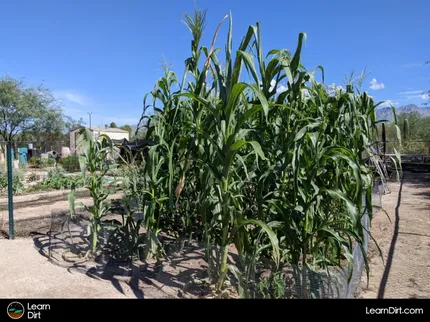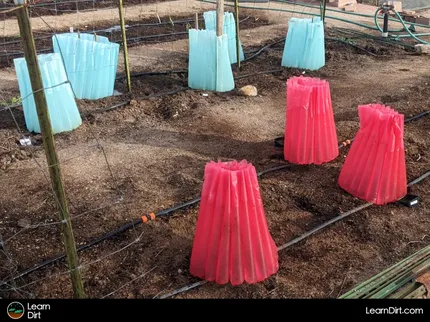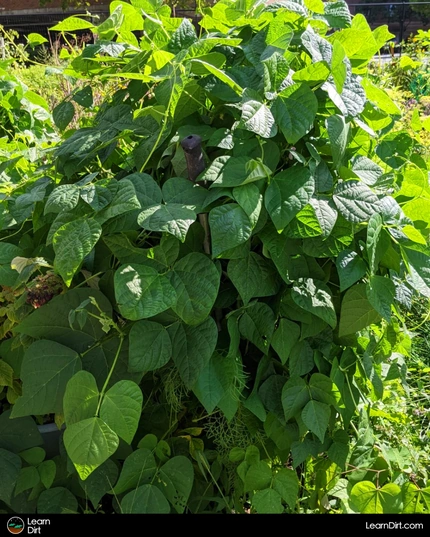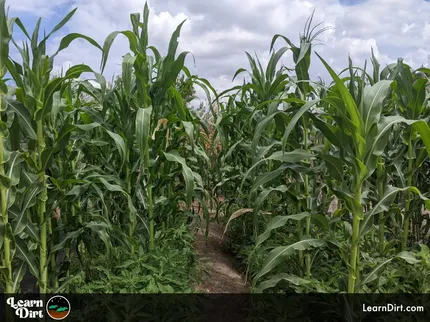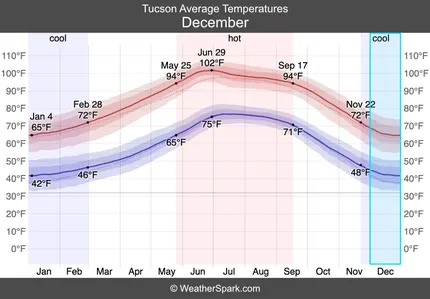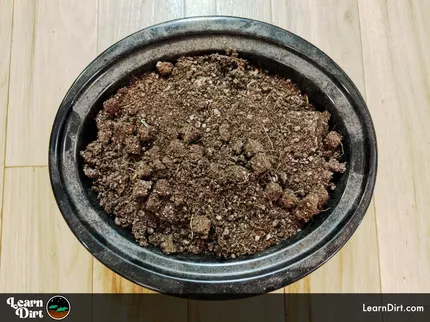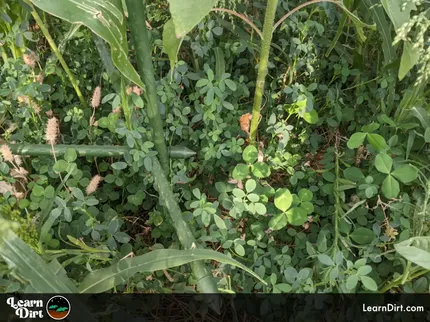Table of Contents
* Our articles never contain AI-generated slop *
Growing ginger is easy and rewarding for gardeners looking to try something new. More often than not, it's grown from a ginger rhizome - though you can buy ginger seeds and start it that way, it just takes more time.
If you can provide it with the right conditions and have the patience to wait the ~9 months it takes, you'll be loving your homegrown ginger harvests!
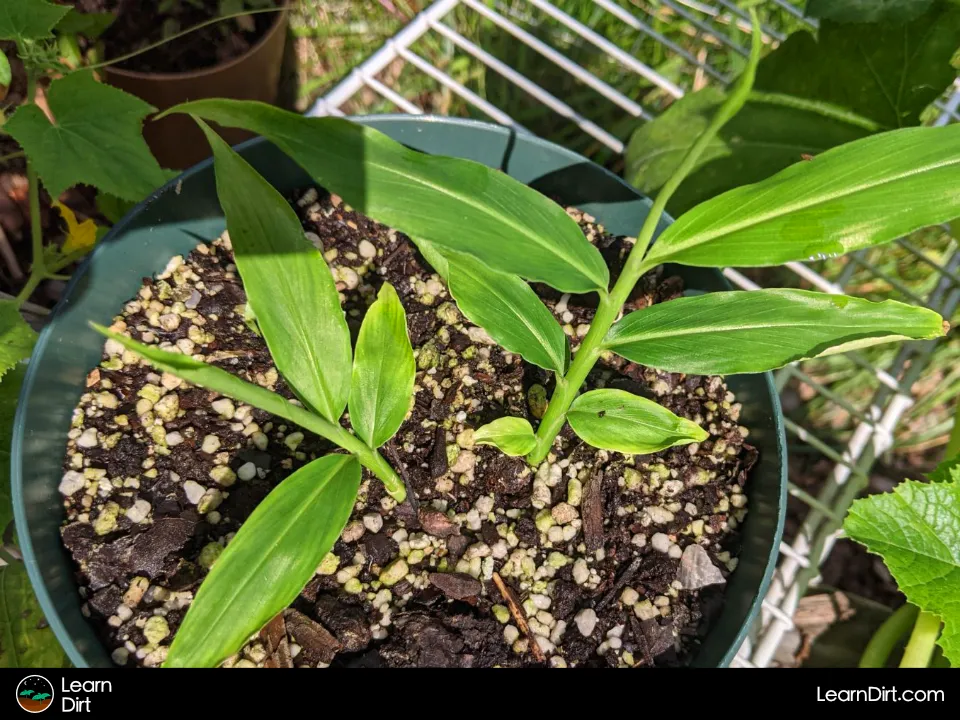
Let's look at the conditions needed for ginger to thrive...
Disclaimer: This post may contain affiliate links. Refer to the privacy policy for more information.
Ginger Growing Conditions
Ginger (Zingiber officinale) is in the Zingiberaceae family, and is native to Southeast Asia where it grows in humid tropic and subtropical conditions. These days the wild form no longer exists, but its cultivated form has spread around the world.
Understanding the climate it's cultivated in will inform you as to whether or not ginger can be grown in your environment.
Ginger thrives where it's wet and shady.
Ginger Temperature Requirements
Make sure that you can provide the temperatures that ginger needs for the full ~9 months or so of its growth. You'll likely want to pot it so you can bring it indoors, but I've listed some alternative solutions here as well
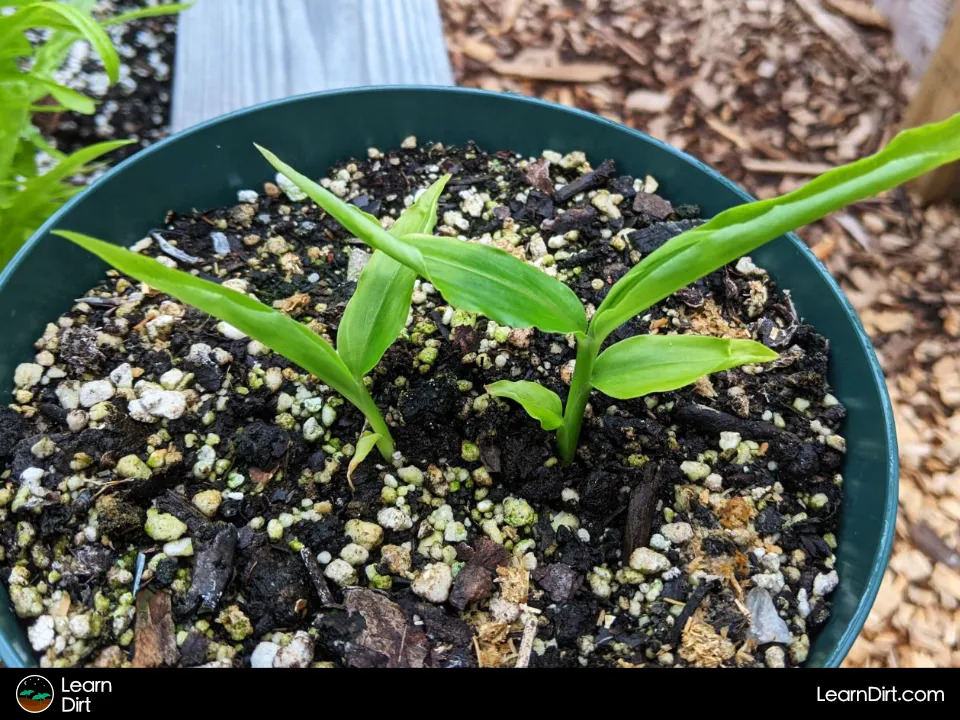
Ginger Cold Tolerance
Ginger tolerates temperatures down to around 20F (-6.6C), but no lower. Because it has such a long growing season, Zone 9 is around the coldest it will tolerate if it's planted outdoors.
At these temperatures, ginger dies back to the soil level and will go dormant to make it through the cold. It's growth rate slows dramatically below around 50F (10C) and it will lose all foliage as temps continue to drop.
Join The Grower's Community
Find your people.
Your voice matters here 🌱
Check It Out!
If you live in a colder zone but have a greenhouse, your ginger will definitely enjoy the warmth and thrive as long as your greenhouse stays warm enough year-round.
You can also grow ginger in pots or grow bags and bring it indoors when it gets cold. Just make sure you have some nice bright plant lights to help it through the winter. (you can also just grow it inside year-round if you prefer)
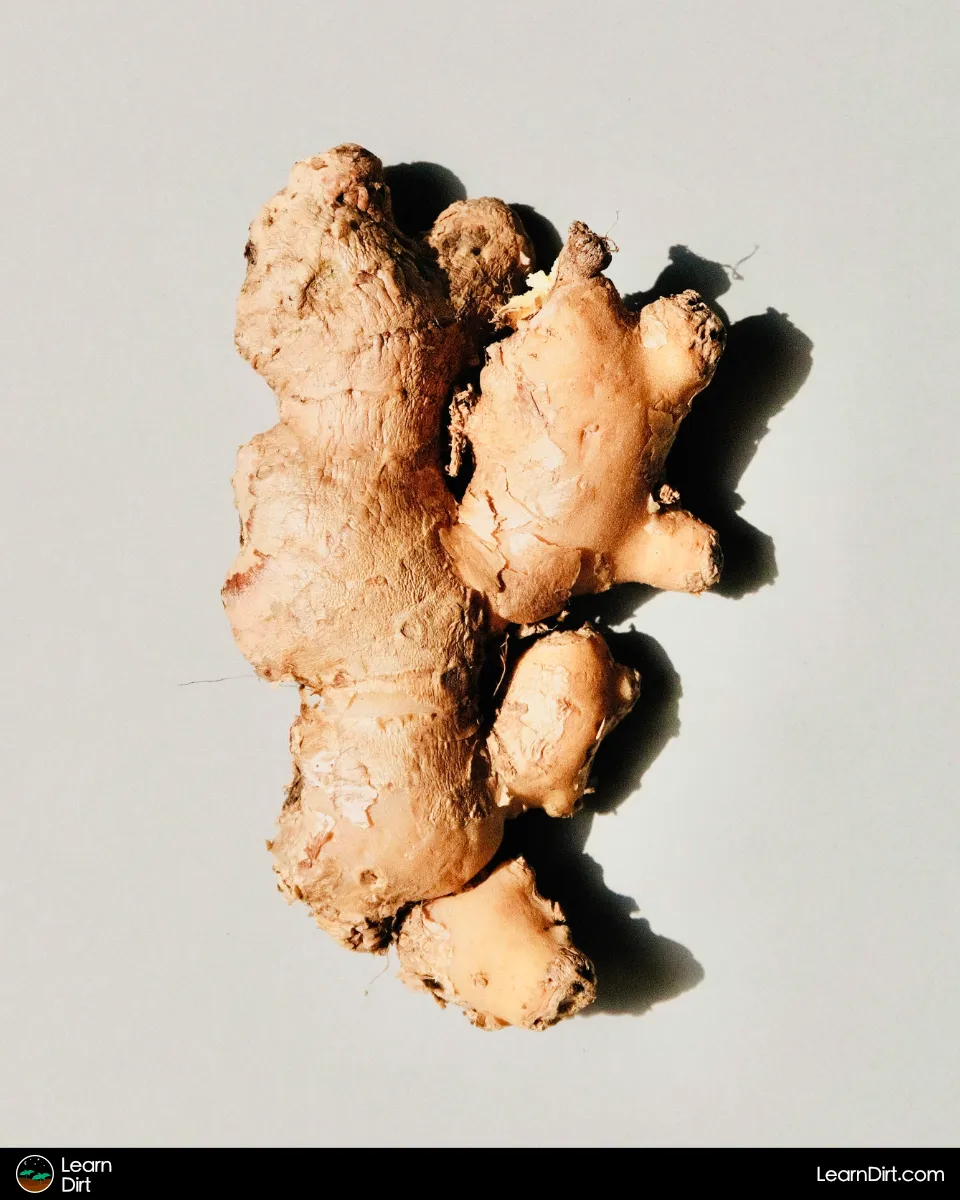
Ginger Heat Tolerance
Ginger will tolerate temperatures up to about 100F (37.7C) before it really starts to struggle. Beyond that, leaves will sun-scorch and some may die back.
If you're dealing with extreme heat, make sure your ginger is well-watered and partially shaded to prevent prolonged direct sun exposure.
Ginger Soil Needs
We talk a lot about soil on this site, and for good reason! Healthy soil is the cornerstone upon which incredible gardens are built. If you can get your soil right for growing ginger, more than half the battle is already won. Let's talk about it...

Soil pH
A soil pH of around 5.5 - 6.5 is ideal for ginger, slightly more acidic than most veggies. Consider an acid-loving mix or soil acidifier if your pH is above this range.
Not sure what your soil pH is? Check out our guide to soil pH here.
Organic Matter Content
Ginger loves soil that's rich in organic matter.
Soil Drainage and Moisture Retention
Ginger is used to frequent watering, but doesn't do well if the roots stay wet for too long.
Ginger Water Requirements
Ginger loves water, but it doesn't like to stand in it for prolonged periods. Saturate your soil thoroughly, but allow it to dry back significantly before watering again.
If your ginger is in a pot for grow bag, the entire thing can be completely submerged in water until the bubbles stop.
Does Ginger Need Humidity?
Ginger thrives in humidity, though it's also possible to grow in arid environments if you can provide enough water.
Ginger Light Requirements
While ginger grows in the sunny tropics, it's an understory plant that likes some shade and filtered sun.
Partial shade is best, though it will tolerate some direct sunlight and some full shade - but neither all day long.
If you live in a sunny climate, consider utilizing shade cloth or putting it in a place with afternoon shade.
In less-sunny climates further from the equator, ginger may well tolerate as much sun as you can give it. You'll have to experiment to see where it does best in your unique microclimate.
Steps for Growing Ginger
Ginger is not typically grown from seed, because it takes much longer than growing from rhizomes, germination rates are often low, and folks generally find it to be more challenging.
That said, if you're up for the challenge and have a lot of patience, there is such a thing as ginger seed, and you can buy them online to push your seed-starting skills
Assuming you go the more common route of growing your ginger from a hand that you bought, let's look at the steps from growing it:
-Start with an organic hand of ginger from a farmers market or grocery store, which will not have been sprayed with the growth inhibitor that inorganic ginger is generally sprayed with.
If you can't find organic ginger, you can try soaking inorganic ginger in water for a day and then dump out the water - removing some of the growth inhibitor with it. Then plant it in potting soil and keep it moist.
-Grabs some nice potting soil (or make some yourself), and lay the ginger rhizome down on the soil surface in a planter, pressing it halfway into the soil.
Dig Cool Merch?
-Water it well, and make sure the soil doesn't dry out. While you can overdo the watering, ginger prefers wetter conditions over dry so water often.
-Wait about 9 months so that your ginger reaches full maturity before harvesting.
-Dump out the soil and the plant together (if you grew them in a grow bag or a pot), or carefully pry the plant out of the soil, roots included, with a garden fork or shovel if you grew them in-ground.
-Unlike some veggies which should not be washed when harvesting (sweet potatoes and garlic, I'm looking at you), ginger can absolutely be washed off and then dried after harvesting. A good blast with a hose on the showerhead setting ought to do the trick.
-Ginger doesn't store very well for a long time, but can be frozen or dehydrated. If you dehydrate it, you can also grind it up into a powder and use it in all your cooking.
That's all for now, thanks for reading!
If you have any questions, comments, or would like to connect with fellow gardeners, head on over to the forum and post there.

![Black Dirt Live Again [Green]](/media/product_images/black-dirt-live-again-[green]_shirt_260x260.png)

![Don't Till Away Your Carbon [Taffy]](/media/product_images/dont-till-away-your-carbon-[taffy]_shirt_260x260.png)
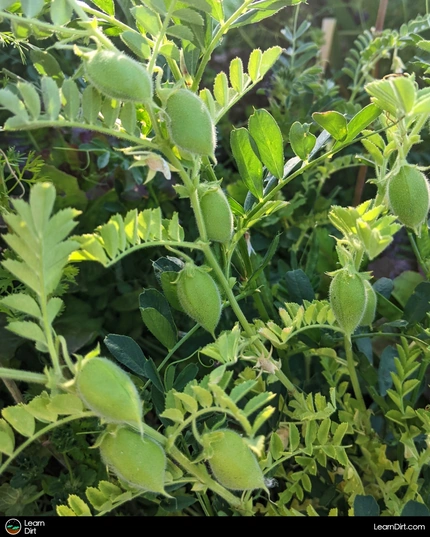

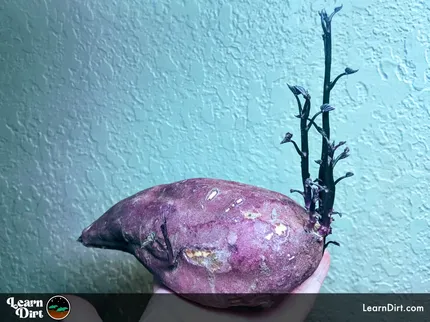

![Black Dirt Live Again [Green]](/media/product_images/black-dirt-live-again-[green]_sticker_260x260.png)

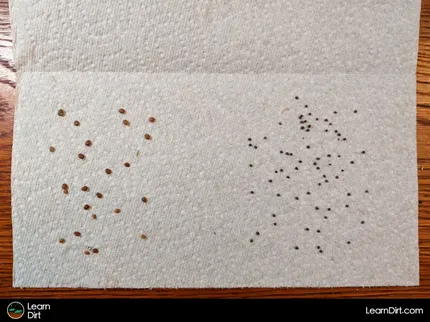
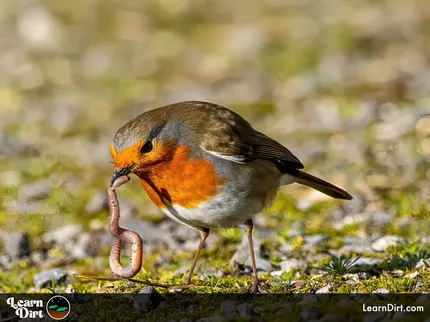
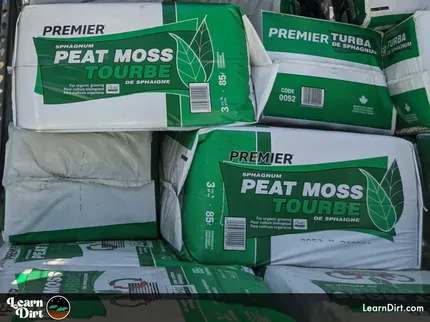
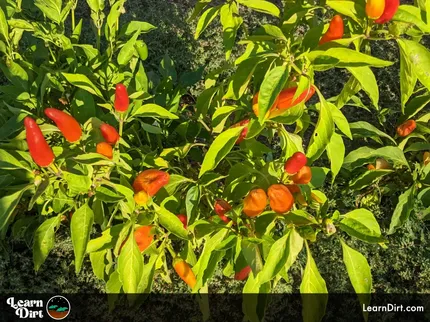

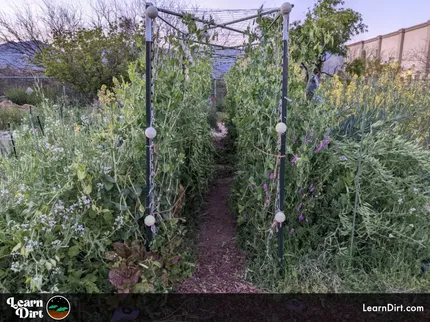
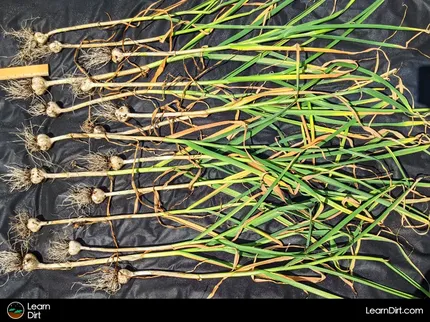
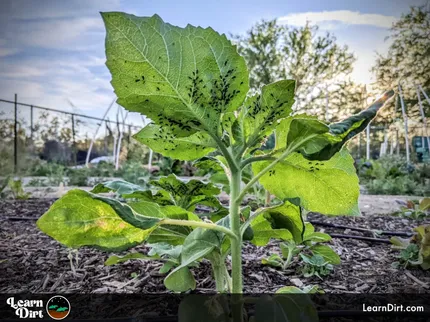


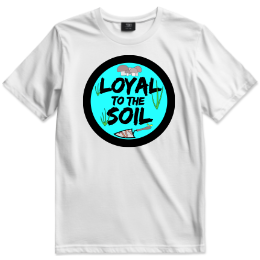
![Black Dirt Live Again [Purple] Sticker](/media/product_images/black-dirt-live-again-[purple]_sticker_260x260.png)
